‘Twas a Brave Man Who Ate the First Oyster
A muddy shell taken from the sea, cracked open to reveal a grey slimy object…but the ancients learned that there was something special inside those muddy shells. Oyster middens (discarded oyster shell piles)—like the 2,000-year-old Glidden Midden on the banks of Maine’s Damariscotta River— 30 feet high and 150 feet long, prove how much the oyster has been loved. Over the centuries, this bivalve has been consumed by members of every walk of life, all over the globe for its alleged aphrodisiacal and proven medicinal qualities. Mankind has always had a passion for oysters. They have been loved by Phoenicians, Norsemen, Greeks and Romans. Louis XIV ate 100 or so in one sitting while Casanova downed 50 or more every evening. A food that suited the wealthy and eccentric, the oyster was also at one time a staple diet of the poor. Right now in our time in history, we have a more interesting and varied selection of oysters than ever before.
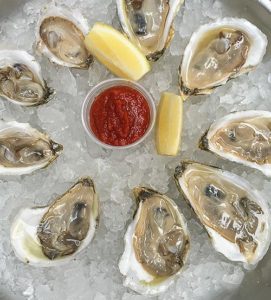
There are four major species of oysters:
Crassostrea virginica (Eastern or Atlantic). Whether you’re eating an Apalachicola from Florida or a Malpeque from Prince Edward Island, these are all the same species.
Crassostrea gigas (Pacific or Japanese). These oysters came to our west coast from Asia and include Kumamoto, Yakima Bays, Skookums, Kusshis, Willapa Bays and many more.
Ostrea lurida (Olympia). These tiny oysters are our only native west coast oyster. They are related to the Belon (or European flat oyster) and for their size, they pack a lot of flavor. During the Gold Rush era of the mid-1800s, they were almost eaten to extinction. We used to sell a lot of these little beauties in the 80s but they are once again scarce and are being farmed in limited quantities in the Puget Sound.
Ostrea edulis (European flat). The Belon oyster from Brittany have a full flavor with a metallic finish. They are a true oyster-lover’s oyster. Imported Belons are super pricey but Maine Belons are also delicious.
It’s amazing that four types of oysters can produce so many varieties. In our own midwest seafood market we have carried oysters from the icy cold Maritimes (Cape Breton Bras D’ors, PEI Malpeques, New Brunswick Caraquet), Rhode Island Moonstones, Martha’s Vineyard Menemshas, Cape Cod Wellfleets and Onsets, Chesapeakes, Florida Apalachicolas, Maine Glidden Points and Pemaquids from the Damariscotta River, all the Pacific varieties from California Hog Island and Humboldt Bay Kumamotos, to Washington’s Hood Canal Quilescene and Hama Hamas, and Wilapa Bay Shigokus—just to name a few.
Each oyster has it’s own unique flavor. Currents, salinity, diet, temperature and mineral content affect taste. To me, a lot of the northern colder water oysters have a clean, crisp flavor with an almost snappy crunch to them. Eastern oysters are generally milder than the Pacifics. A lot of the Pacifics have a fuller flavor of the sea. Kumamotos and Kusshis, for example, have a softer, creamy texture. In an attempt to describe oyster flavors, restaurants are taking a lot from the wine business—full-bodied, delicate, zesty, metallic, fruity, organic, melony, crisp, snappy, lettucy, sweet, cucumber, even green apple have been used.
When buying oysters, the bottom line is to find a place that moves a lot of them and serves a nice plump, juicy oyster that is heavy for its size and fills the shell. Use all your senses. If an oyster opens too easily, looks dark, smaller or dry or doesn’t smell like the sweet smell of the sea, discard it and move on.
M.F.K. Fisher describes the taste of oysters as “more like the smell of rock pools at low tide than any other food in the world.” I agree. There is nothing that compares with the ritual of shucking and savoring the essence of the entire sea from its own beautiful mother of pearl cup. Primitive, elegant—the true celebration of life.
We sell a nice variety of east and west coast oysters along with Chesapeake shucked ‘select’ oysters for stewing, stuffing and frying. Try our fried oyster po’ boys on Saturdays at the market, or my mom’s scalloped oyster recipe, a Thanksgiving tradition at our house! We’ve also got a classic Rockefeller recipe and my mignonette for oysters on the half shell.

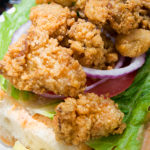 Previous Post
Previous Post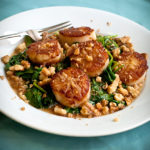 Next Post
Next Post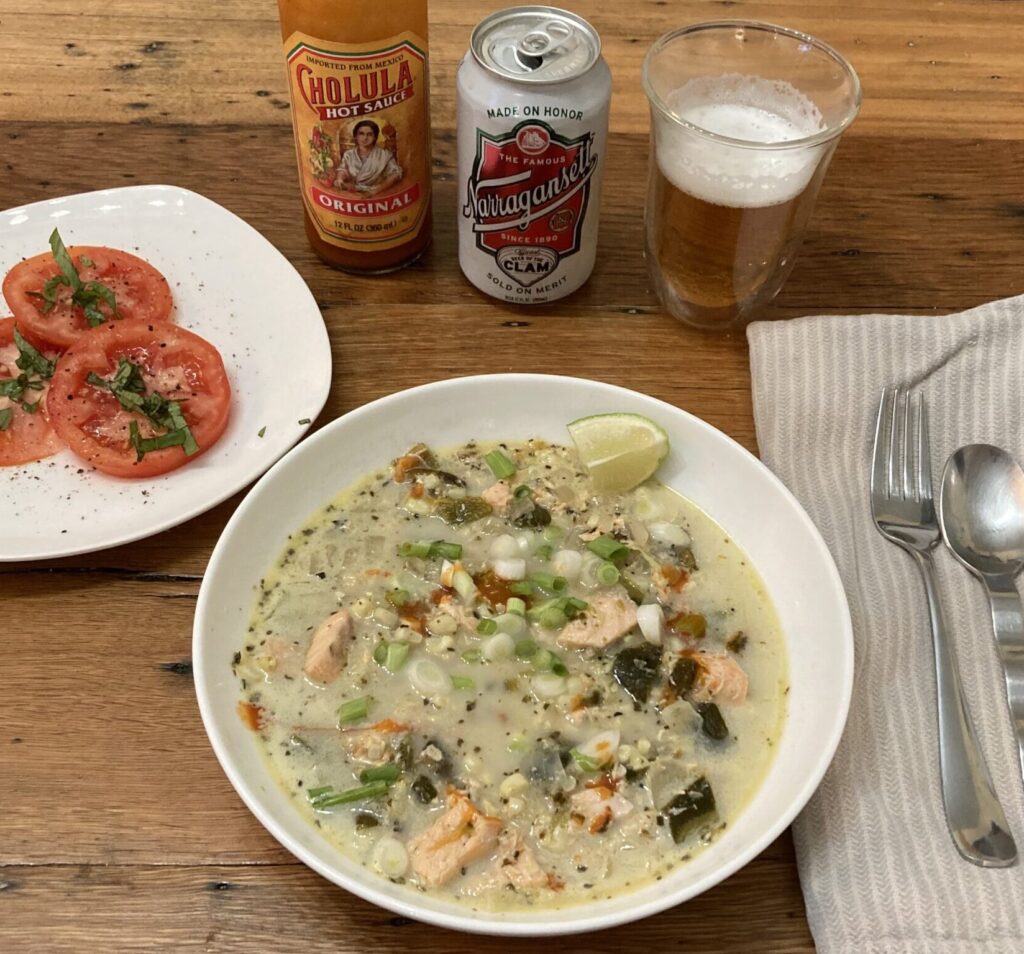
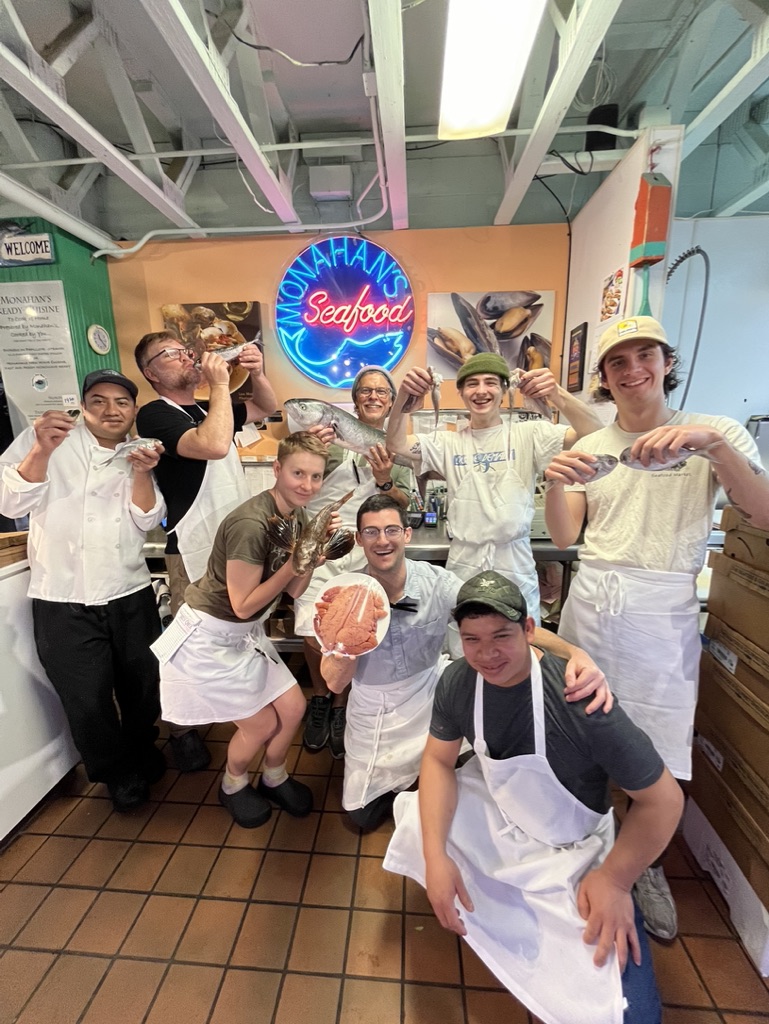
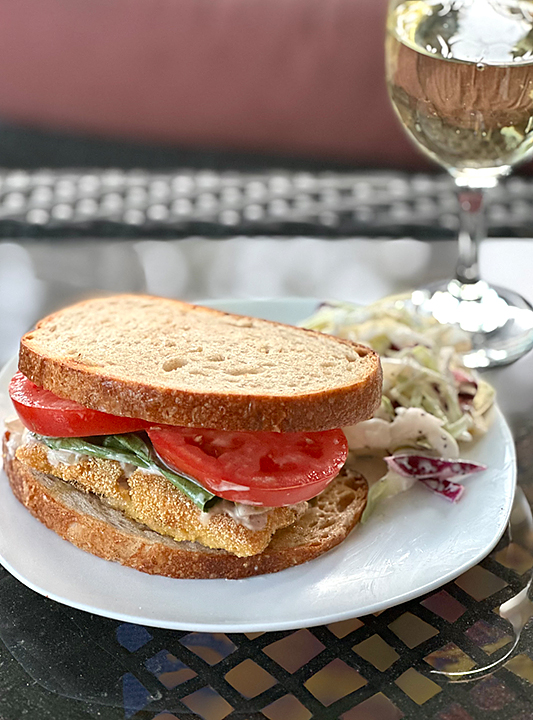

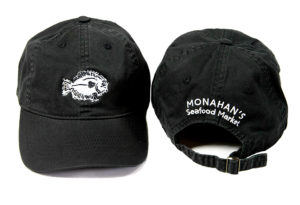
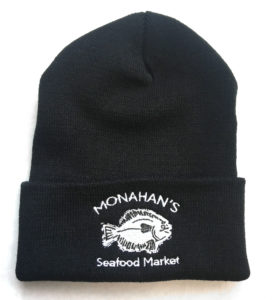
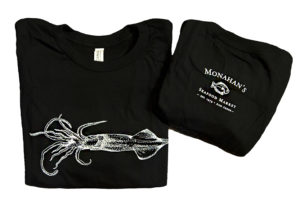

[…] post: Twas a Brave Man Who Ate the First Oyster | Monahan's Seafood … Related Posts:Twas a Brave Man Who Ate the First Oyster | Monahan's Seafood … Try our […]
[…] Twas a Brave Man Who Ate the First Oyster […]